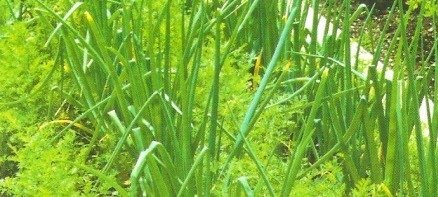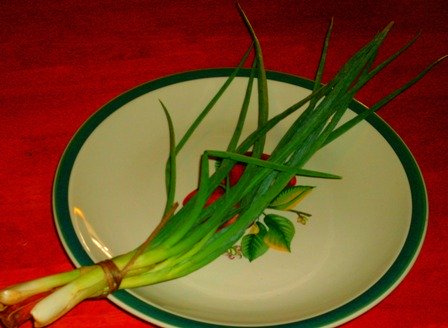|
Vegetable Companion Planting IdeasVegetable companion planting wasn’t something I had known about. I had heard of crop rotation while at school but was never lectured on planting vegetable companions. So I thought vegetable companion growing was a new technique. To my surprise this was something that was done a long time ago. Even the Native American Indian had been doing this. And today the practice is recommended for small vegetable gardens. Before companion cropping I would designate one bed to a specific type of vegetable. It was only after reading that I discovered that my garden could benefit by mixing up the crops. I used Companion Planting to Confuse Pests I now understand how my crops were being found by pests. Pests locate vegetables by smelling them. (They can differentiate by instinct). And once they pick up the scent of food, they move in for the kill. Now I learnt that I can use the pest ability to smell against them. I followed what was published in the books I was reading and started adding different crops to the bed. I used mainly herbs to disguise the crops. French marigold happened to be my favorite weapon. These not only hid my crops but they also poison some insect pests. After transplanting some into the garden, I realize that fewer vegetables bore signs of insect attack. This was great news. Here’s a video to illustrate this technique… The only downside to this herbs and vegetable companion planting technique is the scent. The scent does repel insects. But it is pungent even to me. While I’m walking through the garden I’m consciously trying not to rub against them. If I do they’ll release their stifling odor. They’re that good. Other pungent plants for companion growing are:
 My Companion Plants are Preventing DiseasesI use plants that are known for their anti-fungal and antibacterial properties. I believe they protect my vegetables from diseases. I’ve incorporated companion plants such as:
Now I know nettles aren’t as popular and no one wants to have them in their garden (especially if their children visit the site regularly). But they really are known to prevent diseases. (Some health conscious people even eat them when they’re young). So it wouldn’t hurt to allow a couple to grow in the garden. But if it still out of the question, then try these other disease preventing plants:
 I Sacrifice Some Crops So the Others can ProsperThis is called sacrificial vegetable companion planting. What I do is purposely place some crops where it will be easy for the insects to attack. I normally plant them on the edge of plots. For example I would plant tomatoes that are exposed and unprotected. They would be the tomatoes of choice for pest because they’re easier to get to. The tomatoes that are planted and protected within the plots are safer. So while I do lose a lot of crops using sacrificial planting, those that survive produce more to compensate for the loss. It’s a case of giving to get.
|









